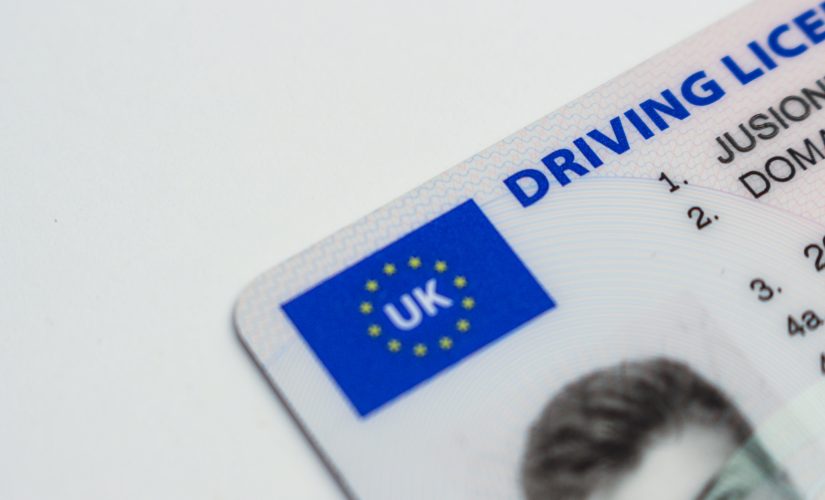An underground website known as OnlyFake is causing cybersecurity concerns due to the sophistication of its hyper-realistic fake IDs, with photos included.
An investigative report from 404Media dubbed the operation an “instant fake ID factory” that “threatens to streamline everything from bank fraud to money laundering and has implications for cybersecurity writ large.”
Using what it describes as neural networks to produce counterfeit documents for just $15, this enterprise threatens to significantly disrupt the market for forgeries with an obvious knock-on effect on identity verification procedures online.
404Media tested the service with the procurement of a California driver’s license, made up with whatever name, characteristics and signature as required. They claim to have used another fake document from the same source to successfully navigate the identity verification process on OKX, the world’s second-biggest crypto exchange by trading volume.
Enduring challenge
OnlyFake does not provide a physical, hard-copy ID, avoiding the need for any extra production or waiting on the mail. What you get is an instant document (we’re talking minutes) that appears genuine to allow verification of various forms of access that would be otherwise off-limits.
OnlyFake’s Telegram account states, “The era of rendering documents using Photoshop is coming to an end,” including other information claiming their service can create up to 20,000 documents per day using “generators”, whilst the owner using the name John Wick, told 404 they could produce hundreds of fake IDs simultaneously using data from an Excel table.
This appears to be another leg of the cat-and-mouse race between big tech and bad actors caused by the rapid advances in AI, and a very concerning one given the implications for security systems. Microsoft can attest to the vulnerability of technology after its property was used to create explicit deepfake images of Taylor Swift.
This race will be an enduring marathon instead of a quick sprint because once one deepfake scam is toppled, another is very likely to emerge.
Lou Steinberg, founder and managing partner at CTM Insights warned we’re only at the beginning of AI created fakes.
“AI will help both attackers and defenders in the fake ID space, but help attackers more,” he said.
“It’s increasingly easy to generate hyper-realistic images, and even print them with high quality printers. That’s one reason passports now contain holograms and RFID chips, which are harder for most people to embed at home.
“As more accounts are opened online, the need for a physical copy of a document is vanishing. That means we can’t rely on things like embedded RFID chips and holograms to verify an ID.”
Image: Dom J/Pexels




